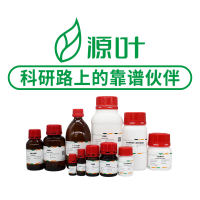High-Purity Plasmid Isolation Using Silica Oxide
互联网
920
The isolation of plasmid DNA from bacteria is a crucial technique in molecular biology and is an essential step in many procedures such as cloning, DNA sequencing, transfection, and gene therapy. These manipulations require the isolation of high-purity plasmid DNA. Commercial anion-exchange columns, even though widely used, are relatively costly. Less expensive methods that use silica oxide as the DNA-binding matrix have the disadvantage that bacterial lipopolysaccharide (LPS), or endotoxin, is copurified and can inhibit downstream applications. In particular, the LPS content of DNA used for transfection heavily influences the efficiency (1 –3 ). Furthermore, these methods usually require the use of hazardous chemicals (e.g., guanidine hydrochloride), which act as chaotropic substances, changing the structure of water to facilitate the binding of the DNA to silica oxide (4 ).








